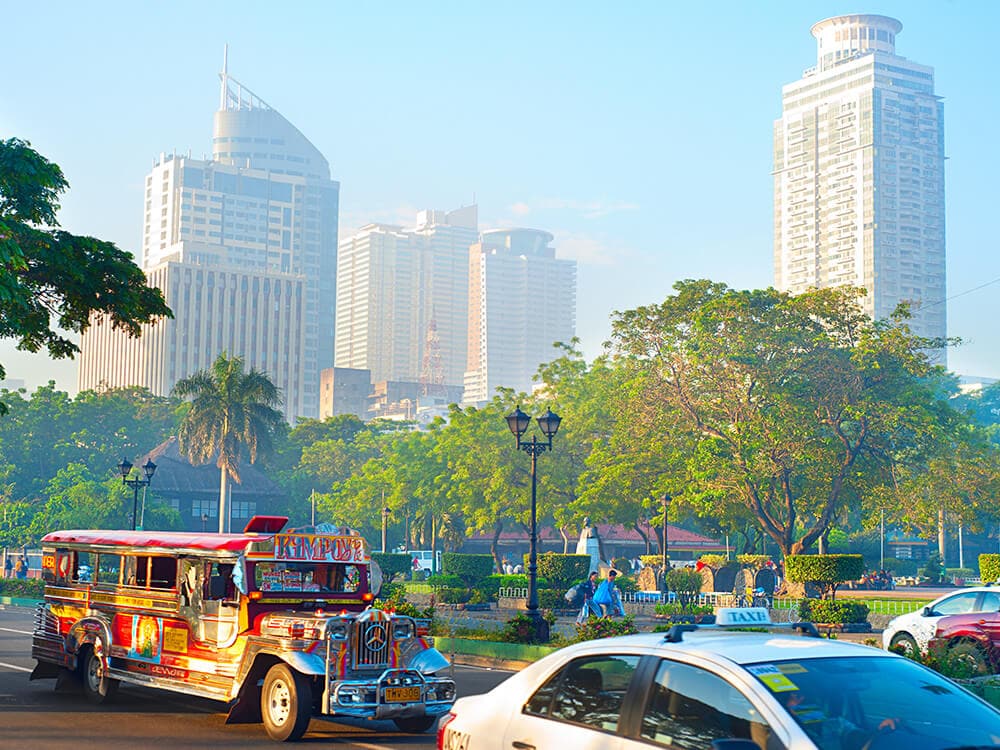
Philippines Shopper Personas
Philippines is the second biggest market in Southeast Asia with a population of over 100 million. The country therefore,

Philippines is the second biggest market in Southeast Asia with a population of over 100 million. The country therefore,

A SMARTPHONE application that gives users cashback incentives has launched its iOS version after reporting almost 100,000 downloads on Android in just six months. Real-time

Indonesia is the third largest cocoa producer nation in the world, and an average Indonesian consume 0.4 kg chocolate per year.

SIX Indonesian startup entrepreneurs who participated in Google Launchpad Accelerator Batch 3 in February this year, share their experience in joining the programme with DNA.

Housewives is one of the Shopper Personas that we considered as unique and has a significant portion on our total user base, which is representative

Drinking tea is a habitual ritual for Indonesians, planted from long time ago. It’s a common beverage choice among all ages, gender or socio-economic status.
Stay up to date with our latest findings

In today’s fast-paced lifestyle, many Indonesians find themselves deeply attached to certain products that bring them comfort, entertainment, or simply a sense of satisfaction. What’s

In the first part of this post, we discovered that only 10% of Indonesians rely solely on shampoo without using other hair care products [1].

In a world where customer expectations, technology, and competition evolve rapidly, businesses cannot afford to stay stagnant. A strong brand today might feel outdated tomorrow

Indonesia, a nation known for its vibrant democracy, is currently experiencing a period of heightened social and political unrest. Recent large-scale protests, sparked by public

These days, the variety of hair care products has expanded significantly. Our recent survey in August 2025 discovers that more Indonesians are now paying attention

Financial anxiety is one of the strongest forces shaping consumer behavior in 2025. Rising living costs, global economic uncertainty, and household debt are pushing people